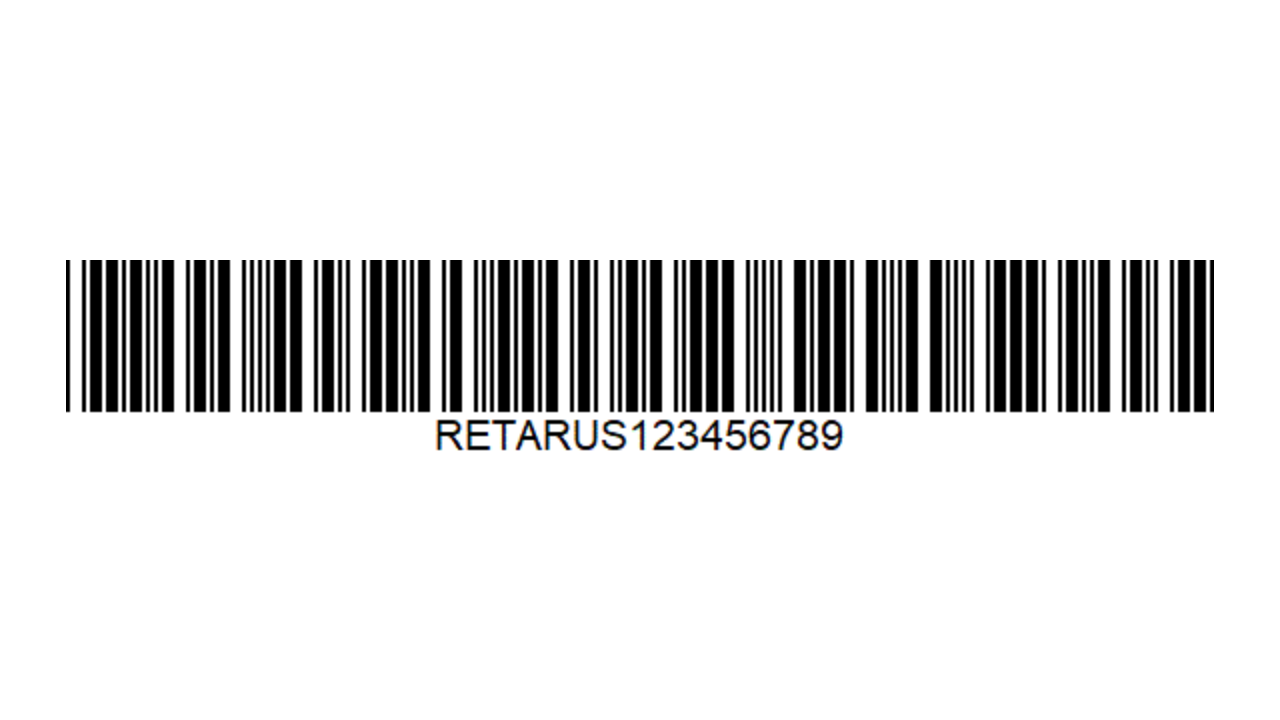When a private individual sends an SMS, things are pretty straightforward. The mobile number that appears in the text message can be matched instantly to a specific sender. The recipient can respond directly or contact the sender by telephone at this same number.
Things are a lot different when sms are sent from applications. If a company uses an automated service, via a business application. In order to send a large number of SMSs reliably and receive replies to them, companies also need a unique sender ID. This is the only way customers can match the SMS, such as an order or booking confirmation, to a company, and get in contact with them directly. From a technical point of view, there are basically three sender ID options. When a virtual phone number is used, a distinction is made between an SMS long code and an SMS short code. For the pure sending of an SMS, it is also possible to use an alphanumeric sender ID.
Wireless carriers around the globe do not use standardized measures to prevent spam
National regulations regarding sender identification vary greatly. Carriers in different countries go to great lengths to prevent their customers from receiving spam. That is why in some mobile networks there are particularly stringent regulations that apply to sender ID selection, and in some places, long codes and short codes are not available to the same degree they are in others. If an ID that is not supported in all markets is used for sending a commercial SMS (e.g. in the context of an SMS marketing campaign), the message is sometimes immediately filtered before it reaches customers.
SMS long codes offer unlimited availability but have restricted sending capacity
Of the two phone number options, long codes are definitely the more cost-effective alternative. These IDs, which look like private cell phone numbers, have almost unlimited availability in some national mobile networks. However, they are only suitable to an extent when sending in high volumes of messages. The problem is that in general, a maximum of only ten messages per second can be sent using a long code (which equals 600 messages per minute). This stipulation made by telecommunication providers quickly becomes a problem, if, for example, businesses want to send text messages from their ERP systems. In the USA, the sending limit permitted by carriers for long codes is only one message per second (which equals only 60 messages per minute). There is also often a maximum limit in the form of a monthly quota in some countries.
SMS short codes are easy to remember and used for large dispatch volumes
Short codes are another option for sender identification. As the name implies, these are short, usually four- to six-digit numbers for commercial SMS communication. Short codes are first choice for sophisticated SMS dispatch when there is a large volume of messages to send in a limited amount of time. This type of ID allows for many more messages, up to 30 per second, to be sent (1,800 messages per minute). The format is short, making it significantly easier for customers to memorize the number.
However, short codes cannot be used across country borders, and when compared to the number of available long codes, there are by nature only a limited number. That is why it is possible for companies to share short codes with other users. Even in these scenarios, companies do not have to go without a feedback channel. By entering key words in the body of the message, thanks to our alphanumeric sender ID system, the incoming SMS can be automatically matched to the correct recipient.
Alphanumeric ID uses the company name as the sender
In some countries, such as France, companies are often also required to use a sender ID when dispatching SMS messages. This can be a company’s own name, for example. However, replies cannot be sent directly to these types of sender IDs. That is why the SMS text should always contain an additional long code or short code as the contact number.
Short code sms, long code sms or sender ID?
It all depends on the individual requirements whether an ID promises success in a particular country, when a long code is suitable and at what point a short code pays off for a company. Other factors such as SMS volume and content must also be taken into consideration. We are happy to advise you on how you can achieve the best possible delivery rates in your markets when dispatching internationally. Learn more about SMS with Retarus Enterprise SMS Services or contact your Retarus representative for more information on national guidelines and requirements for SMS dispatch.




